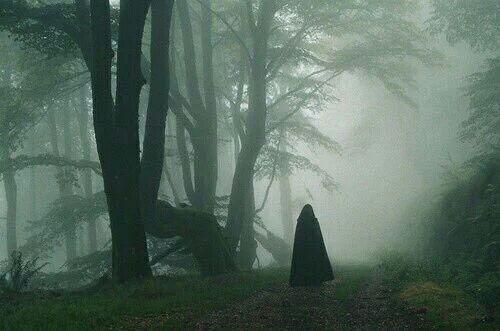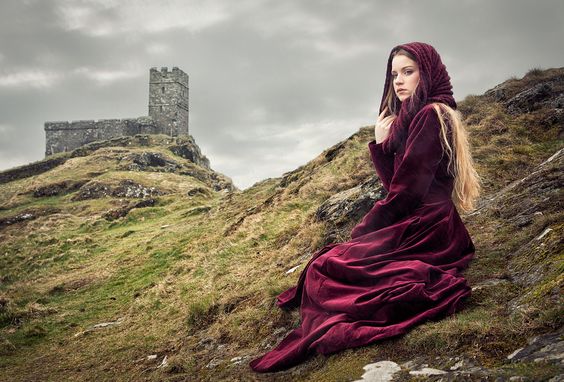Set in Scotland
Book three tells an ancient Scottish folktale, a story forgotten by most and those that do remember, dare not speak.
A young man with a rich destiny quickly finds himself on a path of which he has no control. Through him you meet the characters that shape 'A Carpet of Purple Flowers'. It is here that the karmic love cycle begins.
A Stor Mo Chroi.mp3
A Stór Mo Chroí, when you're far away
From the home you will soon be leaving,
Oh, it's many a time by night and by day
That your heart will be sorely grieving.
For the stranger's land may be bright and fair,
And rich in treasures golden.
You'll pine, I know, for the long, long ago
And the love that is never olden.
A Stór Mo Chroí, in the stranger's land
There is plenty of wealth and of wailing.
Whilst gems adorn the great and the grand
There are faces with hunger pailing.
Though the road is may be deary, and hard to tread
And the lights of their cities blind you.
Won't you turn a stór to Erin's green shore
And the ones you're leaving behind you.
A Stór Mo Chroí, when the evening's mist
Oft the mountain and meadow is falling,
Won't you turn a stór from the throng and the mist
And maybe you'll hear me calling.
For the sound of a voice will be surely missed
For somebody's speedy returning.
Oh, a ruin, won't you come back soon
To the ones who will always love you.








Charter by Walter Comyn of Rowallan.


Plato’s Belief in the Soul and True Philosophy
The first principle of Plato’s philosophy was the recognition of the existence of the soul. From there, Plato followed the edict of Socrates: if the soul of man exists and is immortal, then the soul has always been immortal; therefore, the soul has always existed, right from the beginning of Time (if Time can be conceived as having a beginning at all). From this simple premise, Socrates and Plato developed their model of the soul’s origin and destiny.
According to Plato in Timaeus, the soul of man had originated in Heaven with the Demiourgos. It was he who had mixed the soul of man, dividing the mixture into the same number as the stars which he had created in the heavens. The Demiourgos had then introduced these newborn souls to their ‘companion stars’, and finally sowed them in the Earth, whereupon the Olympian gods took over and, in accordance with the Demiourgos’ instructions, wove the immortal souls to mortal bodies, thereby creating mankind.
This religious belief system was referred to by Plato as ‘true philosophy’ or ‘divine philosophy’ – a much higher kind of art than philosophy as we know it today.
The aim of true philosophy was not to gain knowledge of changeable things on Earth but rather to gain knowledge of ‘That which always exists’. And to do this, the true philosopher had to recognise that the whole Universe was an allegorical riddle, where everything visible was a coded allegory of ‘That which is’, which was invisible.